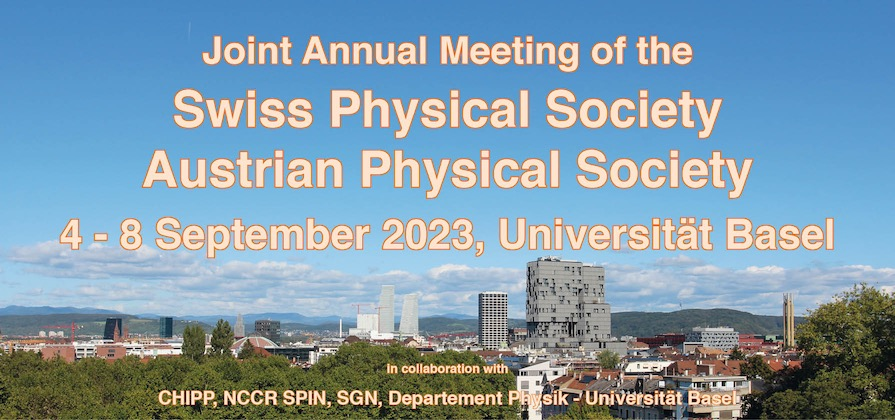Speaker
Description
Quantum computation has captivated the minds of many for almost two decades. For much of that time, it was seen mostly as an extremely interesting scientific problem. In the last few years, we have entered a new phase as the belief has grown that a large-scale quantum computer can actually be built. Quantum bits encoded in the spin state of individual electrons in silicon quantum dot arrays, have emerged as a highly promising direction. In this talk, I will present our vision of a large-scale spin-based quantum processor, and ongoing work to realize this vision.
First, we created local registers of spin qubits with sufficient control that we can program arbitrary sequences of operations, implement simple quantum algorithms, and achieve single- and two-qubit gate fidelities of more than 99.5%. In linear quantum dot arrays, we now achieve universal control of up to a record six qubits with respectable fidelities for initialization, readout, single- and two-qubit operations.
Second, we have explored coherent coupling of spin qubits at a distance, via two routes. In the first approach, the electron spins remain in place and our coupled to each other via a microwave photon in a superconducting on-chip resonator. In the second approach, spins are shuttled along a quantum dot array, preserving the spin state.
When combined, the progress along these various fronts can lead the way to scalable networks of high-fidelity spin qubit registers for computation.
Interestingly, the very same quantum dot platform can be used for analog simulation of Fermi-Hubbard physics. We have observed a rich variety of physical phenomena, from Nagaoka ferromagnetism and Heisenberg spin chains to exciton formation.
